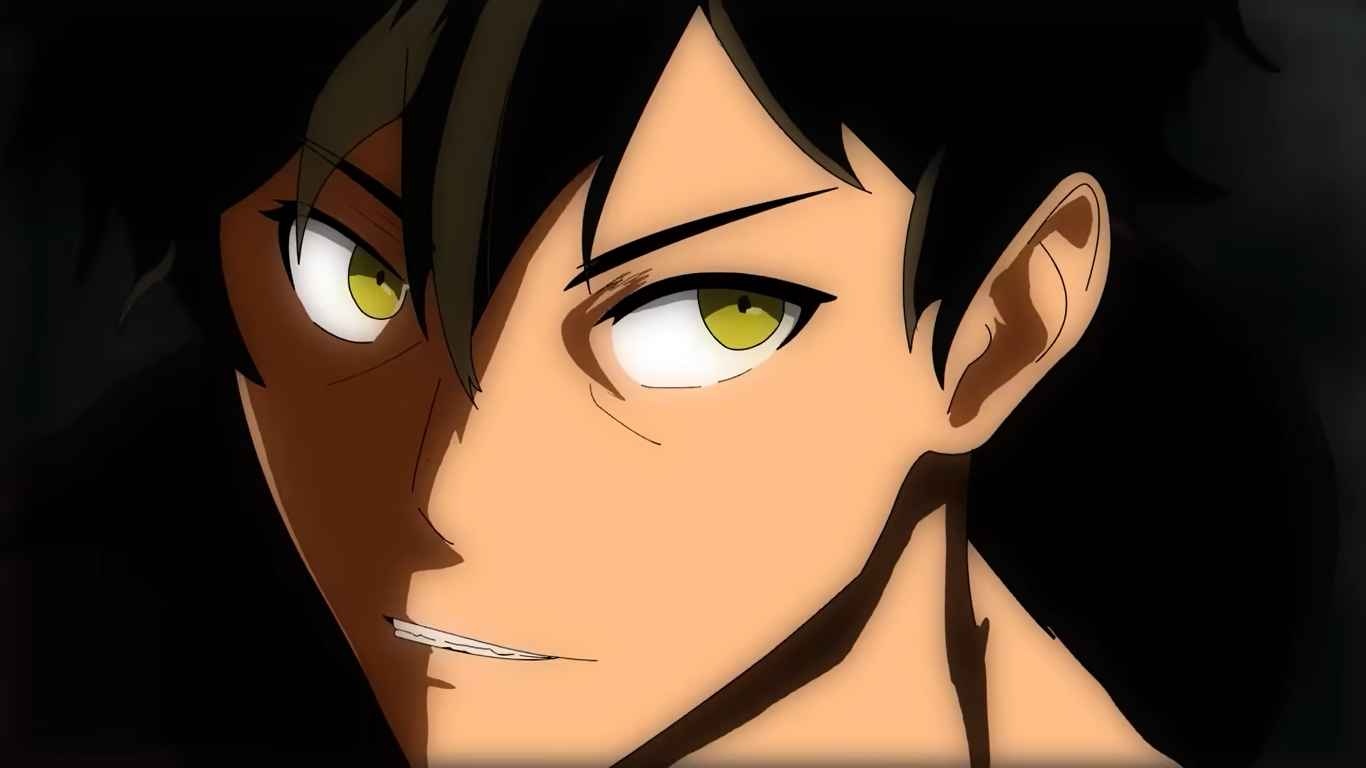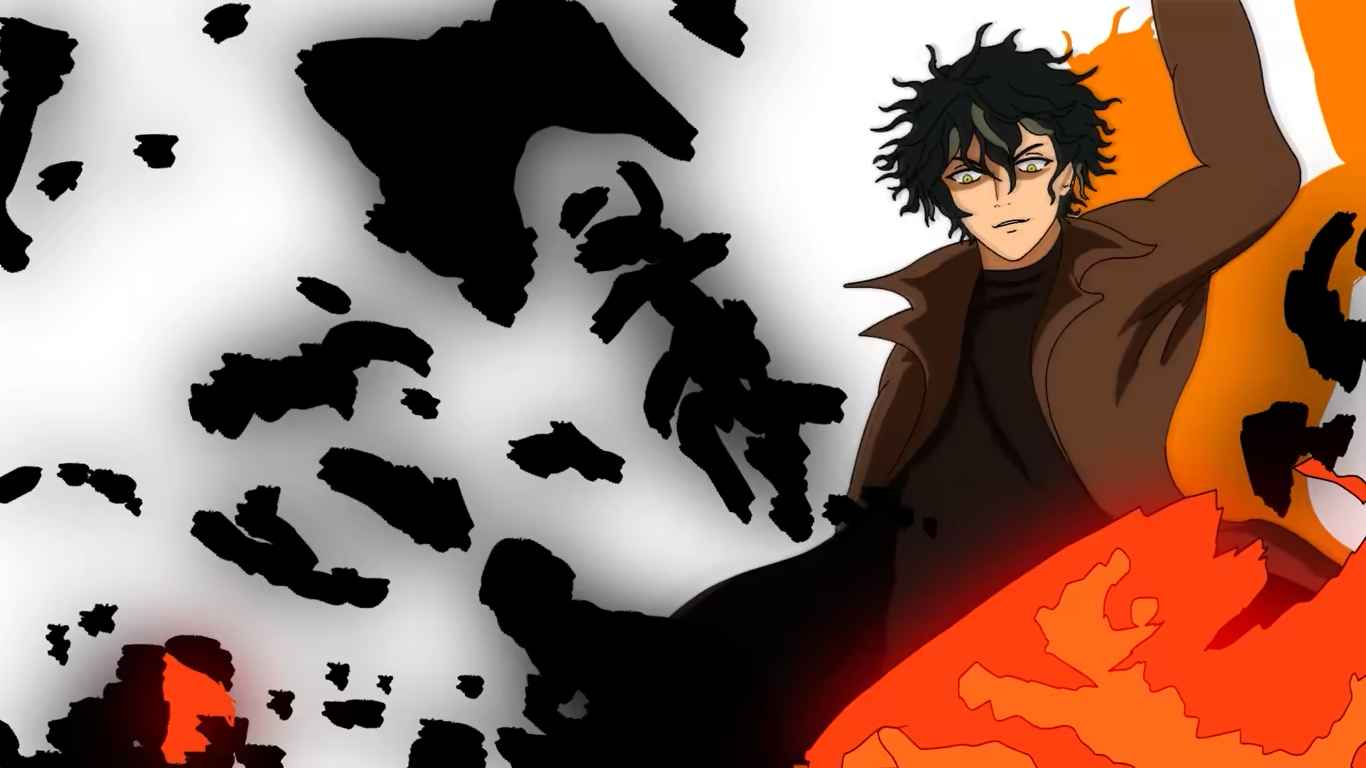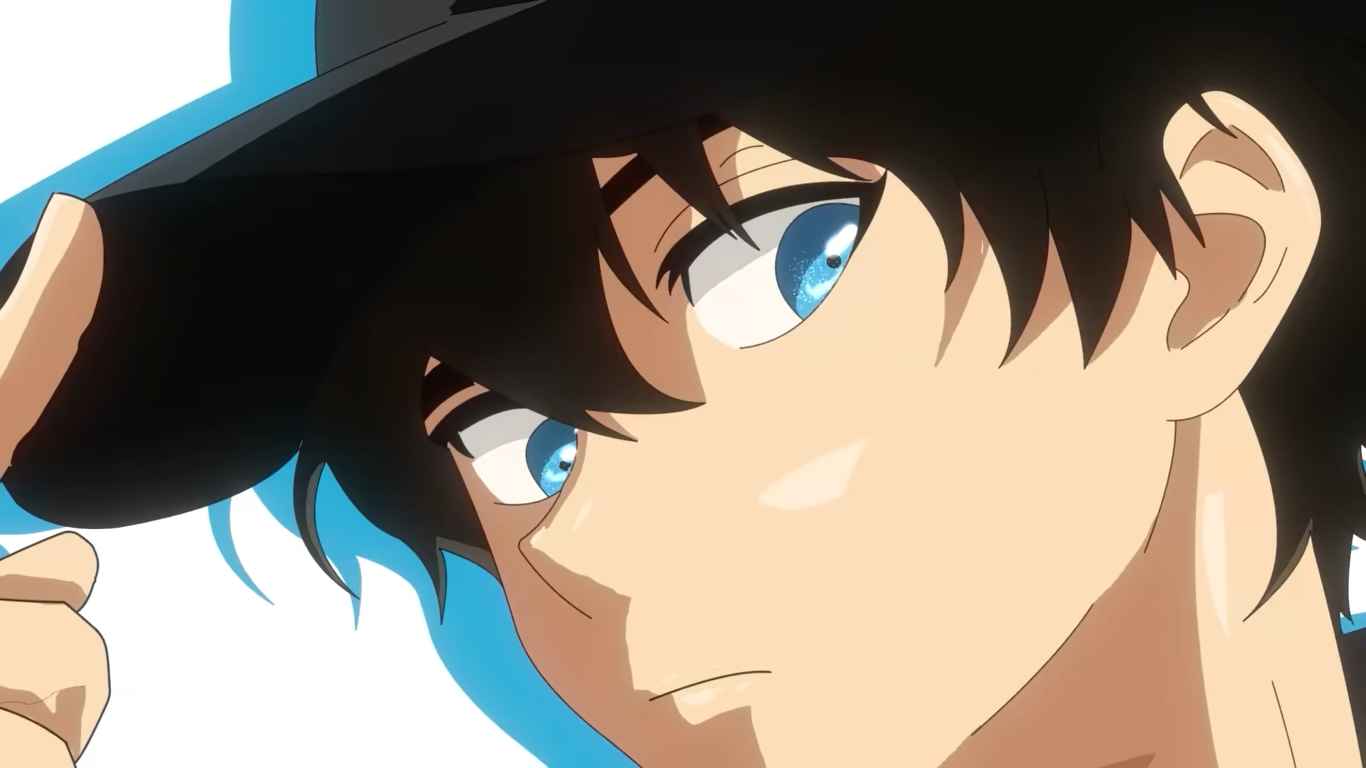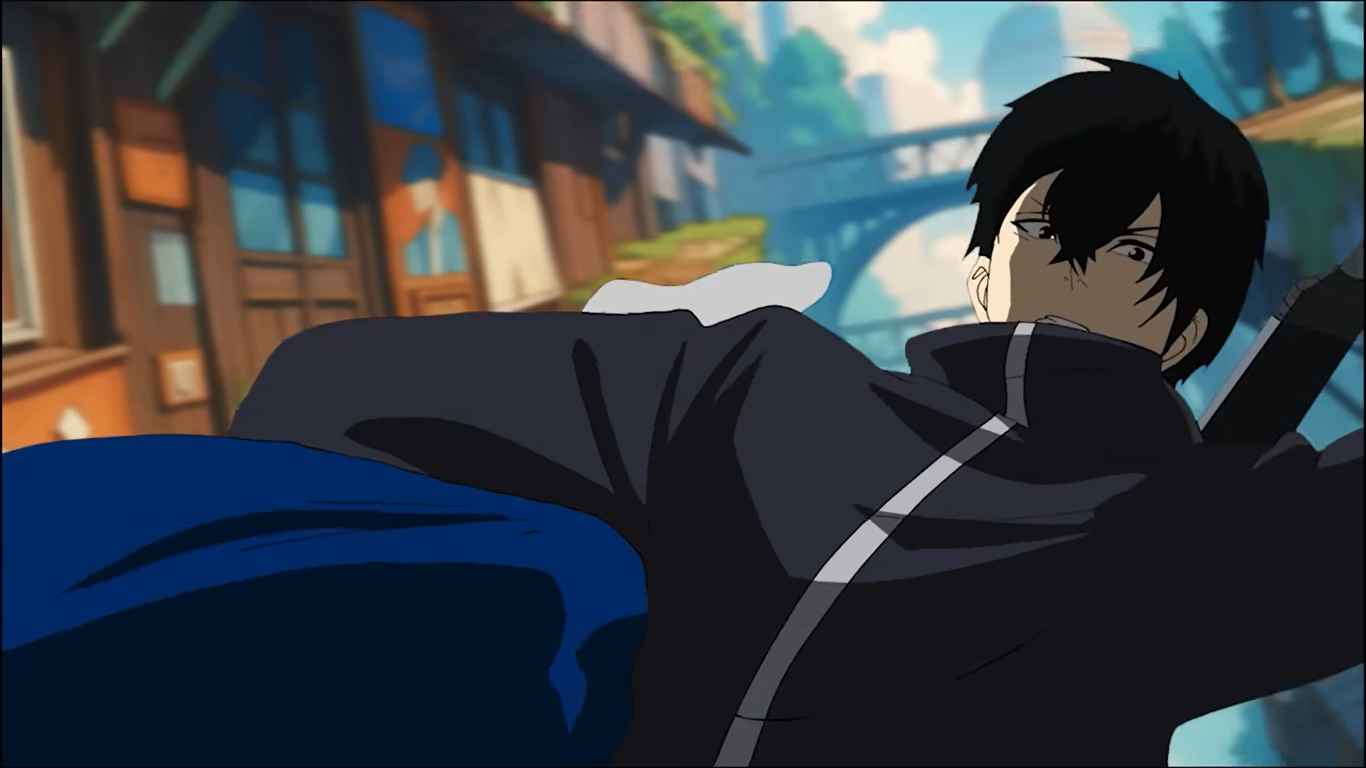The process of making anime used to take months, even years. Now, thanks to new tools, it’s possible to make short anime videos in just minutes. In this article, we’ll explore the full process of creating full anime videos in minutes with Luma AI text to video. You’ll learn what Luma AI is, how it works, and how you can use it to bring your anime ideas to life—fast and without needing advanced animation skills.
What is Luma AI Text to Video?
Luma AI is a creative tool that turns written text into video. The tool uses artificial intelligence to analyze your text and convert it into animated visuals. This is especially useful for people who want to make anime-style content but don’t have access to expensive software or a large animation team.
How the Technology Works
- You enter a detailed prompt (text description).
- Luma AI interprets the prompt and generates video frames.
- The video includes characters, backgrounds, motion, and effects.
The output is a short video clip. You can then combine clips, add sound, or expand the story into a full scene.

Why It’s Useful for Anime Creators
Anime usually takes many artists and a long time to make. Luma AI makes it faster and easier, even for beginners. If you want to test a concept, create storyboards, or make full shorts, this tool can help.
Creating Full Anime Videos in Minutes with Luma AI Text to Video
Now, let’s look at the step-by-step method for creating full anime videos in minutes with Luma AI text to video. The process is simple, but the results depend on how clearly you describe your scene.
Step 1: Plan Your Scene
Before you open Luma AI, decide what kind of scene you want to make. Think about:
- Characters: Who is in the scene? What do they look like?
- Setting: Is it in a forest, a school, or space?
- Action: What is happening?
It helps to write a short paragraph describing the scene. The more detailed, the better the results will be.
Step 2: Write a Prompt
Go to Luma AI’s text-to-video interface. Enter your prompt. For example:
“A young girl in a red school uniform runs through a rainy city street, holding an umbrella. Neon signs reflect on the wet pavement. The wind is strong. Her face shows determination.”
This tells the AI exactly what kind of visuals to create. Avoid vague descriptions like “anime fight” or “cool scene.” Be specific.

Step 3: Generate and Review the Video
Click the generate button. Luma AI will start creating a video based on your prompt. This may take a few seconds to a few minutes.
Once it’s ready, preview the result. If the visuals don’t match your idea, try rewriting the prompt using more detail or simpler language.
Step 4: Combine Clips to Make a Full Scene
Luma AI creates short clips, usually under 10 seconds. To make a full anime video, you can:
- Create multiple clips for different moments.
- Use a video editor like CapCut or Premiere Pro to join them.
- Add voice-over, subtitles, music, or sound effects.
For example, if your story has a beginning, middle, and end, make three clips and arrange them in order.
Step 5: Export and Share
When your anime video is ready, export it in MP4 format. You can then upload it to YouTube, Instagram, TikTok, or your own website. Be sure to check resolution and frame rate if you need high-quality output.
Tips for Better Results
- Use short, clear sentences in your prompts.
- Describe emotions, movement, weather, and lighting.
- Include visual style (e.g., “anime style,” “watercolor effect,” or “cinematic lighting”).
- Test small ideas before making longer clips.

Example Use Case
Let’s say you’re writing a short anime story about a samurai. You can break the story into parts:
- Intro: The samurai walks through a bamboo forest.
- Middle: He draws his sword as enemies appear.
- End: He defeats them and walks away under a sunset sky.
Use Luma AI to create one clip for each part, then combine them in your editing software.
Bullet-Point Summary
- Write a clear and detailed prompt for each clip.
- Use editing tools to stitch short clips into a full anime video.
- Add music and sound to enhance the result.
- Test and refine your ideas using short scene trials.
How Luma AI Compares to Other Tools
There are other text-to-video tools, but Luma AI stands out for anime-style visuals. Here’s how it compares to others:
Luma AI vs Runway
- Luma AI is better for detailed anime-like output.
- Runway is better for realistic video generation.
Luma AI vs Pika Labs
- Pika Labs focuses more on stylized animations and special effects.
- Luma AI delivers more accurate motion based on text prompts.
Luma AI vs Manual Animation
- Manual animation gives more control, but takes weeks or months.
- Luma AI offers results in minutes, though less control over detail.
Pros and Cons
- Pros: Fast, easy to use, no drawing skills needed.
- Cons: Limited clip length, less control over character design.

Creating Full Anime Videos in Minutes with Luma AI Text to Video: Key Uses
The tool is flexible and works for different types of creators. Here are a few examples of how you can use it:
For Writers
- Turn your stories into short animated scenes.
- Use as a visual reference when pitching your idea.
For YouTubers
- Create short anime scenes for intros or storytelling videos.
- Use generated clips in music videos or narrative content.
For Students and Hobbyists
- Practice storytelling by building short scenes.
- Learn visual planning without expensive animation tools.
For Small Animation Studios
- Use AI to prototype scenes or explore storyboards.
- Save time on early drafts before full production.

Challenges and Limitations
While Luma AI is powerful, there are some things to keep in mind:
- The tool may not always get character faces right.
- Movement can sometimes be slow or unnatural.
- Only short videos are supported (usually under 10 seconds).
- Voice syncing and dialogue must be added manually.
This means you might need to do some editing after the AI creates the base clip. But it still saves a lot of time compared to starting from scratch.
Frequently Asked Questions (FAQs)
Can I make a full anime episode with Luma AI?
Not yet. Luma AI is best for short clips. You can make multiple scenes and combine them into a longer video.
Is Luma AI free to use?
Luma AI may offer limited free access, but most features require a paid account. Check the official website for pricing.
How long does it take to create a clip?
Most clips are generated in under 2 minutes, depending on the detail of your prompt and server load.
Can I control character design?
You can guide design through the prompt (e.g., “black hair,” “red eyes”), but full control is limited for now.
Does it support voice acting or subtitles?
No. You need to add voice-over, dialogue, or subtitles using editing software after generating the video.
Can I use the videos for commercial purposes?
That depends on the license and terms of use from Luma AI. Always read the usage policy before publishing commercially.
What kind of prompts work best?
Prompts with clear visuals, actions, and emotions tend to work better than vague or abstract ideas.
Conclusion
With the help of Luma AI, creating full anime videos in minutes with luma ai text to video is now a reality. You don’t need to be an artist or animator. With a clear idea, a few prompts, and some basic editing skills, you can bring your anime scenes to life faster than ever before.
Final Tip: Start small. Create a single scene, test it, and then build from there. Over time, you’ll learn how to write better prompts and make even better videos.